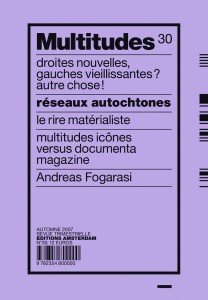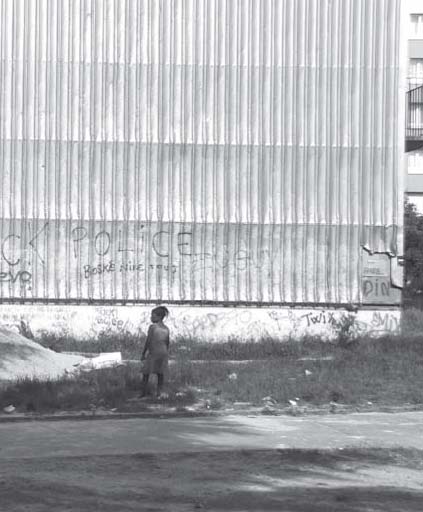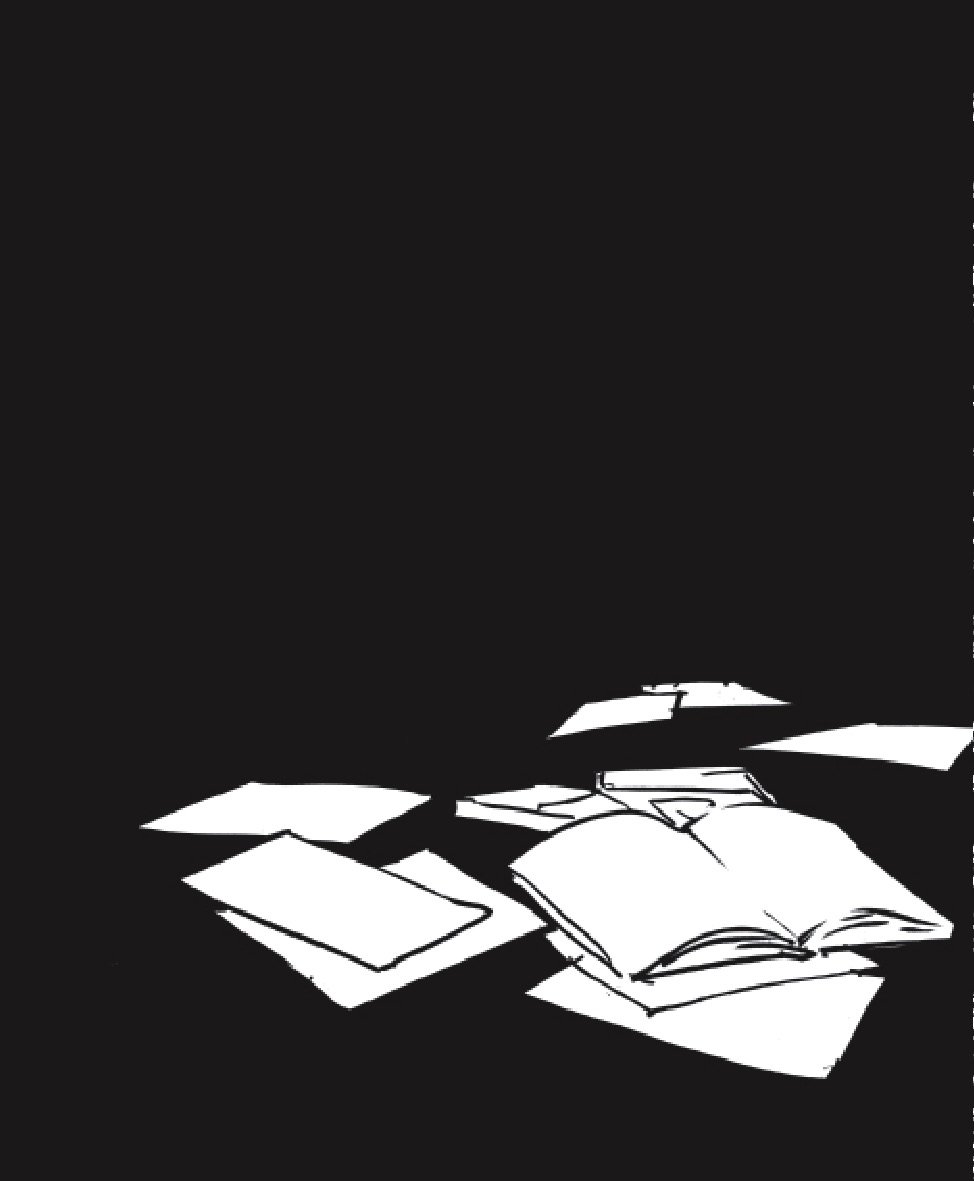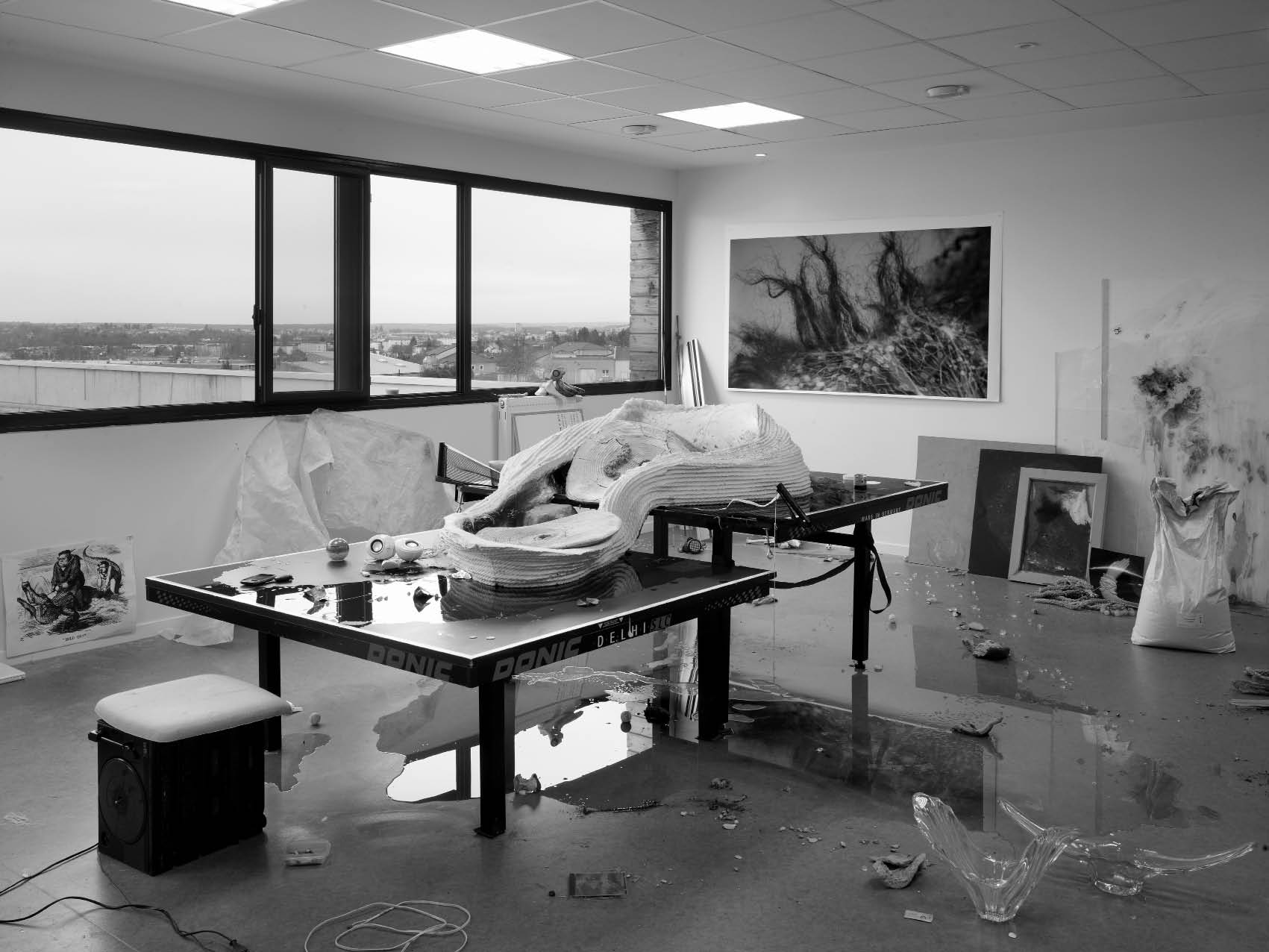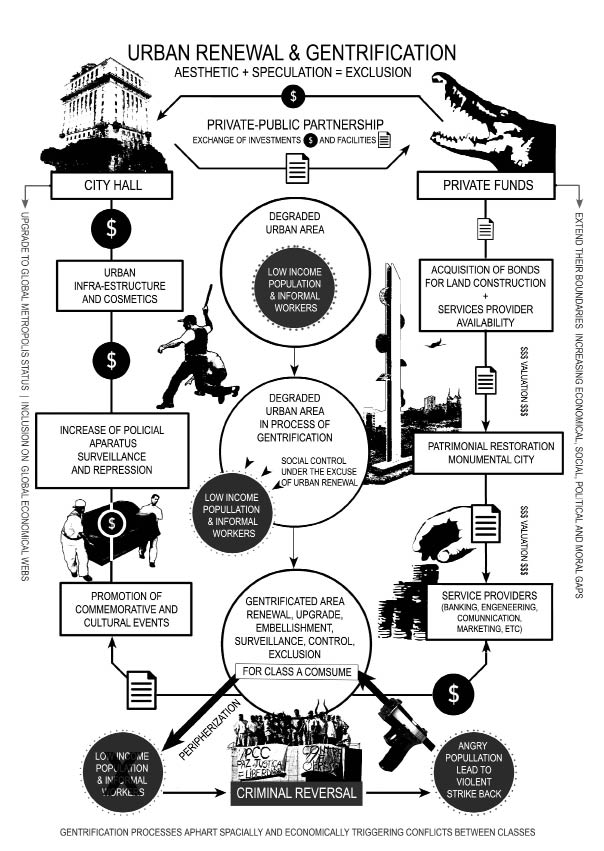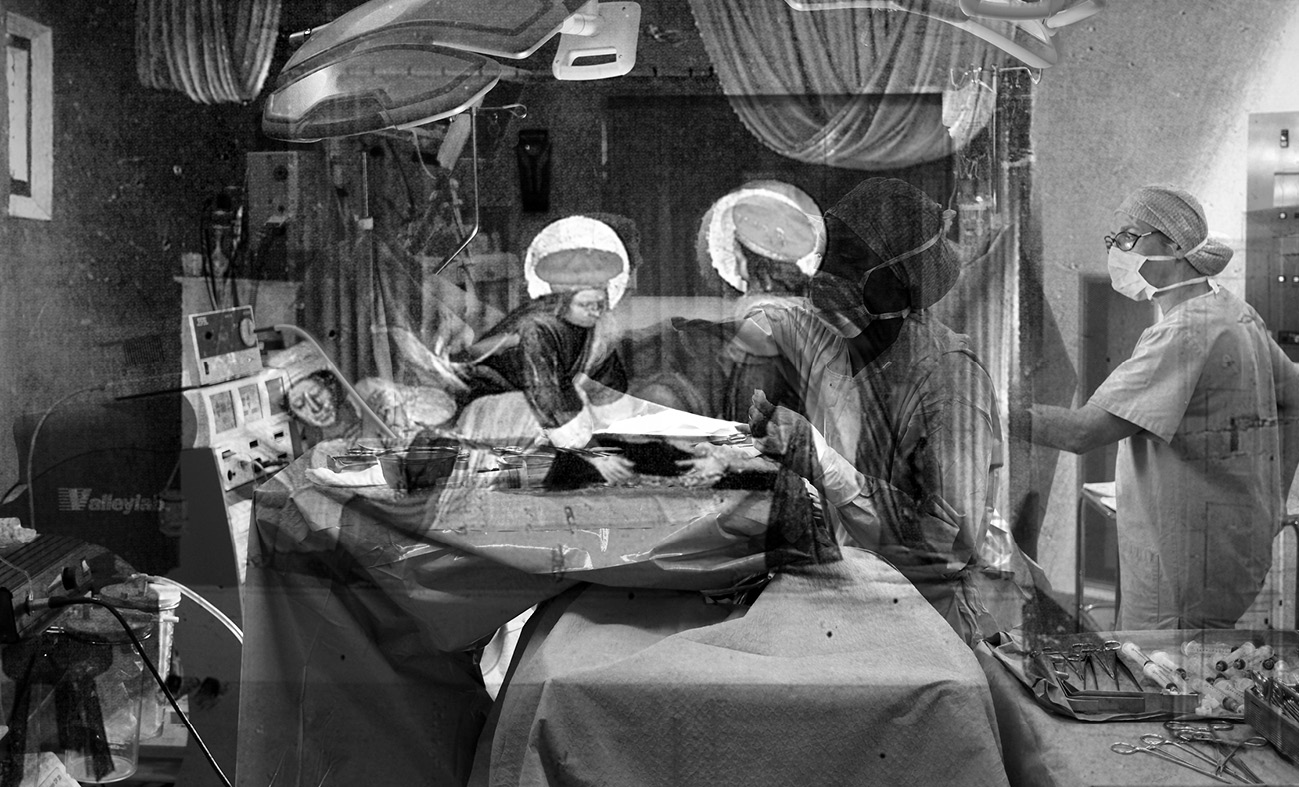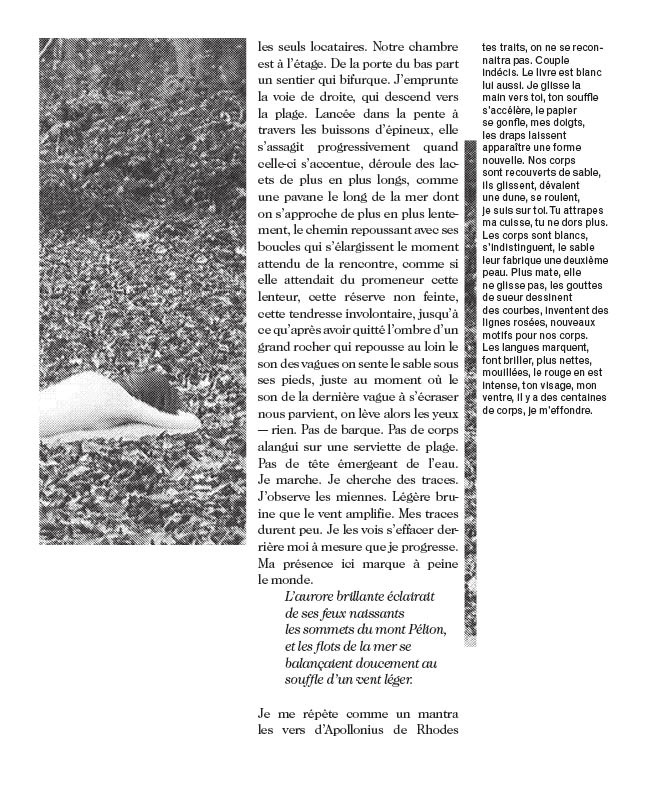30. Multitudes 30 : Autumn 2007
Multitudes : Autumn, par
Chantal T. Spitz Traversées océaniennes To this day, Polynesian people continue to be reduced to the myth of the Good Savage. Beyond fables of innocence, protection and salvation, it is essential to reintegrate them within a truly human history, which accepts men and women in their bravery as well as in their pettiness, in their … Continuer la lecture de Multitudes : Autumn →
En-tête 30
Nouvelles droites, gauches vieillissantes, et (malgré tout) un peu d’optimisme de la raison, par Yves Citton et Revel Judith
Rien n’est plus difficile que de se trouver face à la sempiternelle question du « Que faire ? » Cet en-tête est une tentative à quatre mains — pas toujours d’accord entre elles, et reliées à encore bien davantage de têtes souvent dissonantes — pour raisonner à voix haute, au sortir de six mois de … Continuer la lecture de Nouvelles droites, gauches vieillissantes, et (malgré tout) un peu d’optimisme de la raison →
Liens 30.
Les rythmes des multitudes Mondialisation et nouvelles formes d individuation, par Ansaldi Saverio
Le phénomène désormais irréversible de la mondialisation soulève sans cesse de nouvelles questions auxquelles on fournit souvent des réponses partielles et inadéquates. Que faire face à la rapidité et la violence avec lesquelles la finance globale gouverne et détermine la vie de milliards d’individus ? Comment répondre d’une manière efficace et active aux nouveaux modes … Continuer la lecture de Les rythmes des multitudes Mondialisation et nouvelles formes d individuation →
Majeure 30. Réseaux autochtones : résonances anthropologiques
Condamnés à vivre ? Des peuples autochtones minoritaires du Nord sibérien face au XXIe siècle, par Samson Normand de Chambourg Dominique
Introduction Réseaux autochtones : résonances anthropologiques, par Soucaille Alexandre et Glowczewski Barbara
Une des urgences épistémologiques et politiques en anthropologie aujourd’hui nous semble être d’argumenter l’infertilité des amalgames — de plus en plus courants — entre les revendications territoriales des peuples autochtones en termes d’indigénité et les revendications nationalistes où l’identité est crispée sur un essentialisme exclusif. Nous sommes convaincus par nos rencontres dans le Pacifique, en … Continuer la lecture de Introduction Réseaux autochtones : résonances anthropologiques →
Chemin faisant en région sauvage Rencontres entre Autres sur la terre de l’action politique, par Soucaille Alexandre
Mineure 30. Le rire matérialiste
Présentation, par Wolfe Charles T.
Pendant longtemps on a considéré le matérialisme comme un pur mécanisme, ou encore un « spatialisme » qui ne connaîtrait rien au temps (Negri, Macchina tempo et L’Anomalie sauvage). C’est une tradition de pensée marxiste qui vient de La Sainte Famille. Sans se soucier du débat historique, constatons que ce verdict signifierait : pas de … Continuer la lecture de Présentation →

